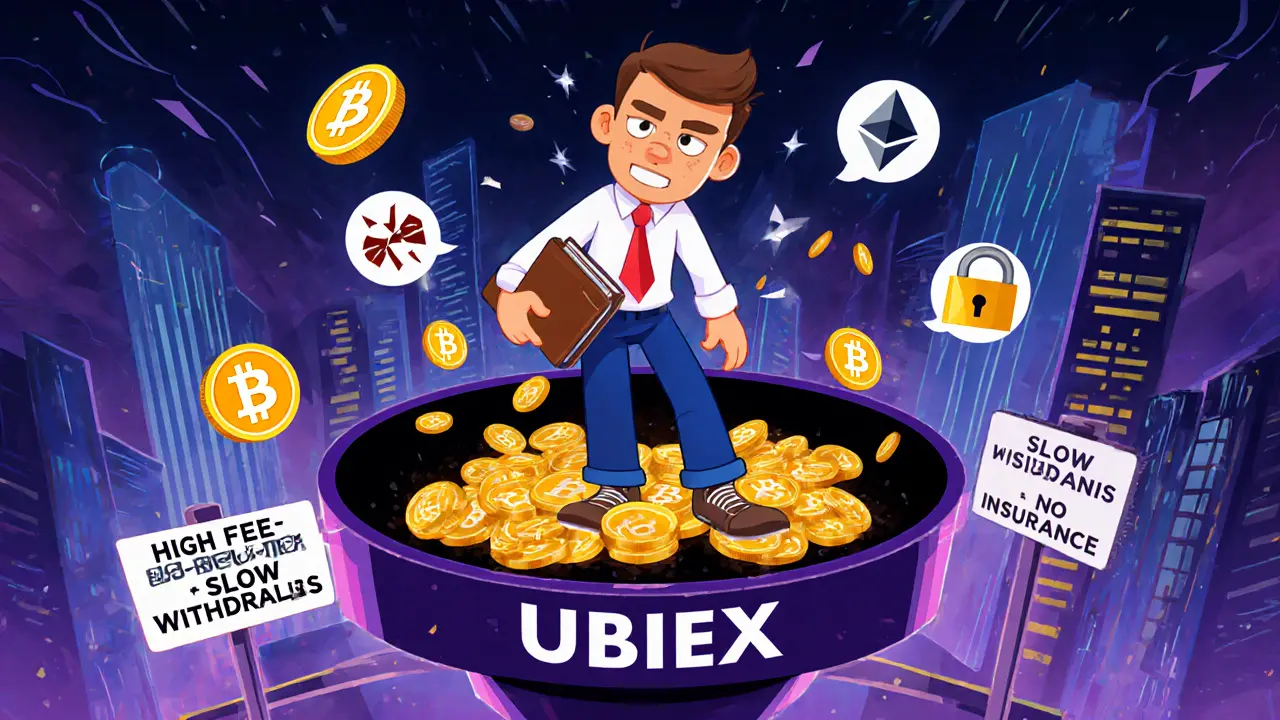UBIEX crypto exchange offers 100+ coins and leverage trading but lacks regulation, transparency, and reliable customer support. Is it safe in 2025? Here's what you need to know before trading.
Unregulated Crypto Exchange: What It Is and Why It Matters
When dealing with Unregulated Crypto Exchange, a trading platform that operates without formal licensing or oversight from financial authorities. Also known as off‑shore or gray‑market exchange, it typically bypasses the safeguards that regulated services must follow, which can make user funds more vulnerable to fraud, hacks, or sudden shutdowns. In contrast, a Decentralized Exchange, a peer‑to‑peer marketplace built on blockchain smart contracts runs without a central operator, offering censorship resistance but also lacking traditional consumer protections. Both types illustrate how the crypto ecosystem can operate outside conventional regulatory frameworks, and that gap directly influences the level of trust users can place in the platform.
Key Factors to Consider When Choosing a Platform
The biggest red flag for any unregulated crypto exchange is the absence of Regulatory Compliance, official adherence to anti‑money‑laundering (AML), know‑your‑customer (KYC), and capital‑adequacy rules. Without those checks, the exchange can list obscure tokens, charge hidden fees, or disappear with user assets overnight. Liquidity is another critical metric; platforms that pull in little trading volume often suffer from wide spreads, meaning you’ll pay more to enter or exit positions. Security practices—like cold‑storage ratios, multi‑signature wallets, and regular audits—are rarely disclosed on unregulated sites, so you must rely on community research and third‑party reviews to gauge risk. Finally, fee structures can be misleading; some services advertise “zero fees” but embed costs in poor execution prices or mandatory token purchases, eroding your returns without you noticing.
Our collection below pulls together in‑depth guides, real‑world case studies, and practical checklists that help you cut through the hype. You’ll find technical explanations of how blockchain immutability works, step‑by‑step airdrop eligibility tips, and side‑by‑side comparisons of centralized versus decentralized platforms. Each article is designed to give you the tools to evaluate an exchange’s safety, assess its liquidity depth, and understand the regulatory landscape that could affect your trades tomorrow. Dive in and arm yourself with the knowledge you need before you click “sign up” on any platform that promises high returns with no oversight.
A concise review of OrangeX crypto exchange covering fees, security, leverage, user experience, and a side‑by‑side comparison with Binance and Coinbase.


